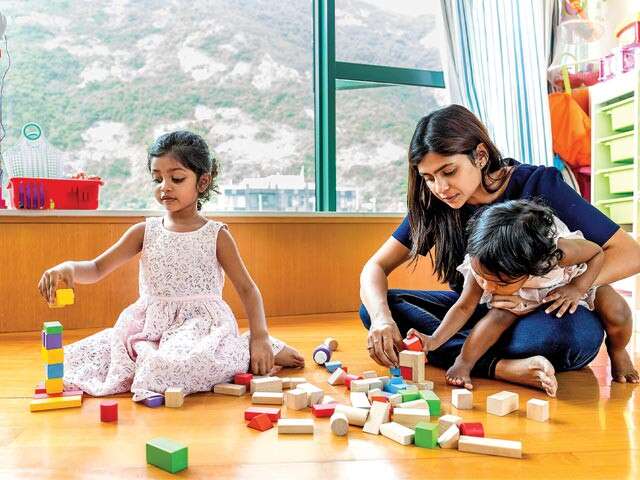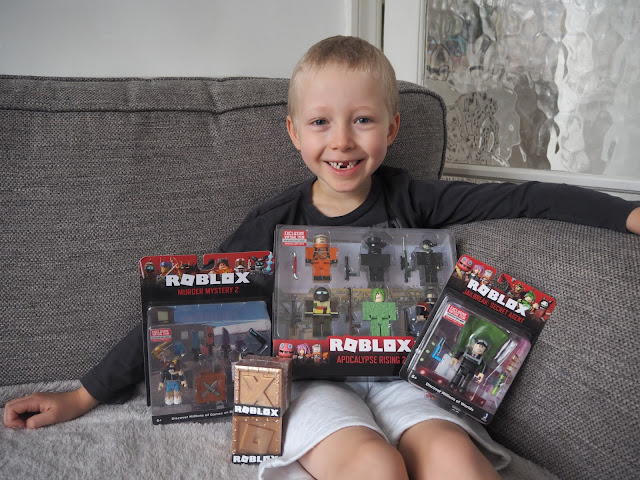In a world filled with countless toy options, selecting safe and age-appropriate toys for your child is a paramount concern. Not only does it impact their development and enjoyment, but it also plays a vital role in their safety. This guide will walk you through the essential factors to consider when choosing toys for your child to ensure they have a joyful, educational, and secure playtime.
Why Is Toy Selection So Important?
Selecting the right toys for your child is more than just a leisurely pursuit. It significantly influences your child’s physical, cognitive, and emotional development. Here’s why it’s crucial:
1. Safety First
The safety of your child should always be a top priority. Inappropriate toys can pose choking hazards, toxic material exposure, and various other dangers. Ensuring toy safety is paramount to protect your child from potential harm.
2. Learning and Development
Toys can be excellent tools for learning and development. Age-appropriate toys can enhance your child’s cognitive, motor, and social skills. Choosing toys that align with your child’s developmental stage is essential to foster their growth.
3. Promoting Creativity
Toys that stimulate creativity and imagination are invaluable. They allow children to explore their thoughts and feelings, promoting mental growth and self-expression.
4. Building Relationships
Certain toys, like board games and cooperative play sets, encourage social interaction. These toys can be instrumental in developing essential social skills and nurturing relationships.
Factors to Consider When Choosing Toys
Now that you understand the significance of toy selection let’s delve into the key factors to consider when choosing toys for your child.
1. Age Appropriateness
One of the primary considerations is selecting toys that match your child’s age and developmental stage. Most toys come with age guidelines, which should serve as a starting point for your selection. These recommendations are typically based on safety and development, so they’re crucial to follow.
2. Safety Features
Ensure that the toys you choose meet stringent safety standards. Look for certifications such as the ASTM International (formerly the American Society for Testing and Materials) label or the CE mark for European toys. These indicate that the toys have been tested and deemed safe for children.
3. Material Quality
Consider the materials from which the toys are made. Opt for non-toxic, durable, and environmentally friendly options. Wooden toys, for example, are often safer and more sustainable than plastic alternatives.
4. Educational Value
Toys that provide educational benefits are a double win. Look for toys that stimulate learning, problem-solving, and creativity. Educational toys can help children develop essential skills while having fun.
5. Size and Choking Hazards
Small parts or loose components can pose a choking hazard, especially for younger children. Ensure that the toys you select do not contain small pieces that can be swallowed. Always follow the age recommendations regarding choking hazards.
6. Interests and Preferences
Take your child’s interests and preferences into account. Their passions and hobbies can guide your toy selection. This not only keeps them engaged but also encourages them to explore their interests further.
7. Durability
Kids can be rough on their toys. Choosing durable options can save you money and reduce waste in the long run. High-quality toys are more likely to withstand the test of time and numerous play sessions.

Examples of Age-Appropriate Toys
Now, let’s explore some age-appropriate toy recommendations for various stages of childhood.
Infants (0-12 months)
- Soft and crinkly toys
- High-contrast black and white toys
- Rattles and teething toys
- Soft, cloth-based books
- Musical mobiles
Toddlers (1-3 years)
- Building blocks
- Stacking toys
- Large, soft balls
- Puzzles with chunky pieces
- Toy kitchen sets
Preschoolers (3-6 years)
- Arts and crafts supplies
- Dress-up clothes
- Action figures and dolls
- Tricycles and balance bikes
- Simple board games
School-Aged Children (6-12 years)
- Science kits
- Building sets (e.g., LEGO)
- Sports equipment
- Board games that require strategy
- Musical instruments
Adolescents (12+ years)
- Science experiment kits
- Books and novels
- Electronic gadgets (e.g., coding kits)
- Art supplies
- Board games for older children
Conclusion
Choosing safe and age-appropriate toys for your child is a critical responsibility for parents and caregivers. It not only ensures their safety but also plays a pivotal role in their development, creativity, and overall happiness. By considering the factors mentioned above and keeping your child’s interests in mind, you can create an enriching and secure play environment that fosters growth and well-being. Check out this hyperlink right here to get more tips and ideas about buying safe and age-appropriate toys for your child.





